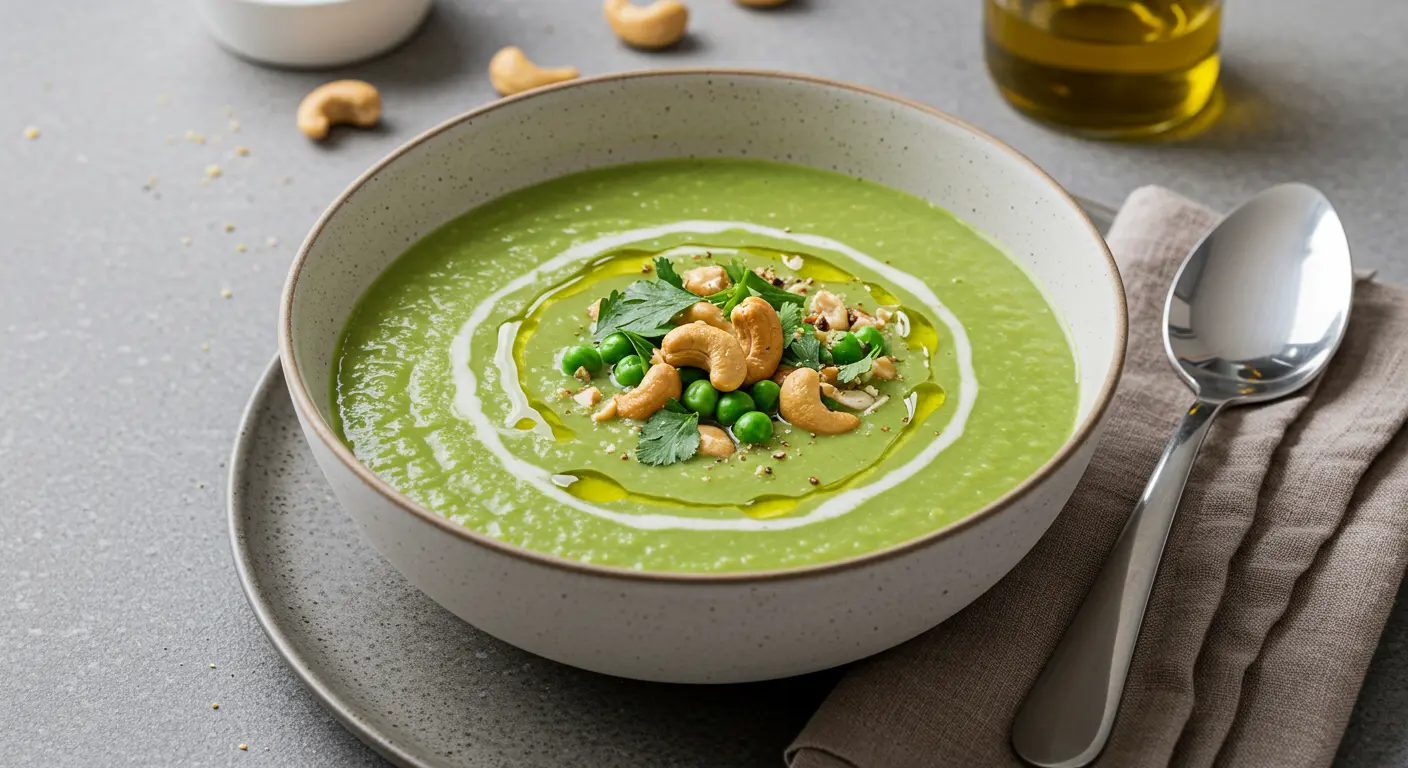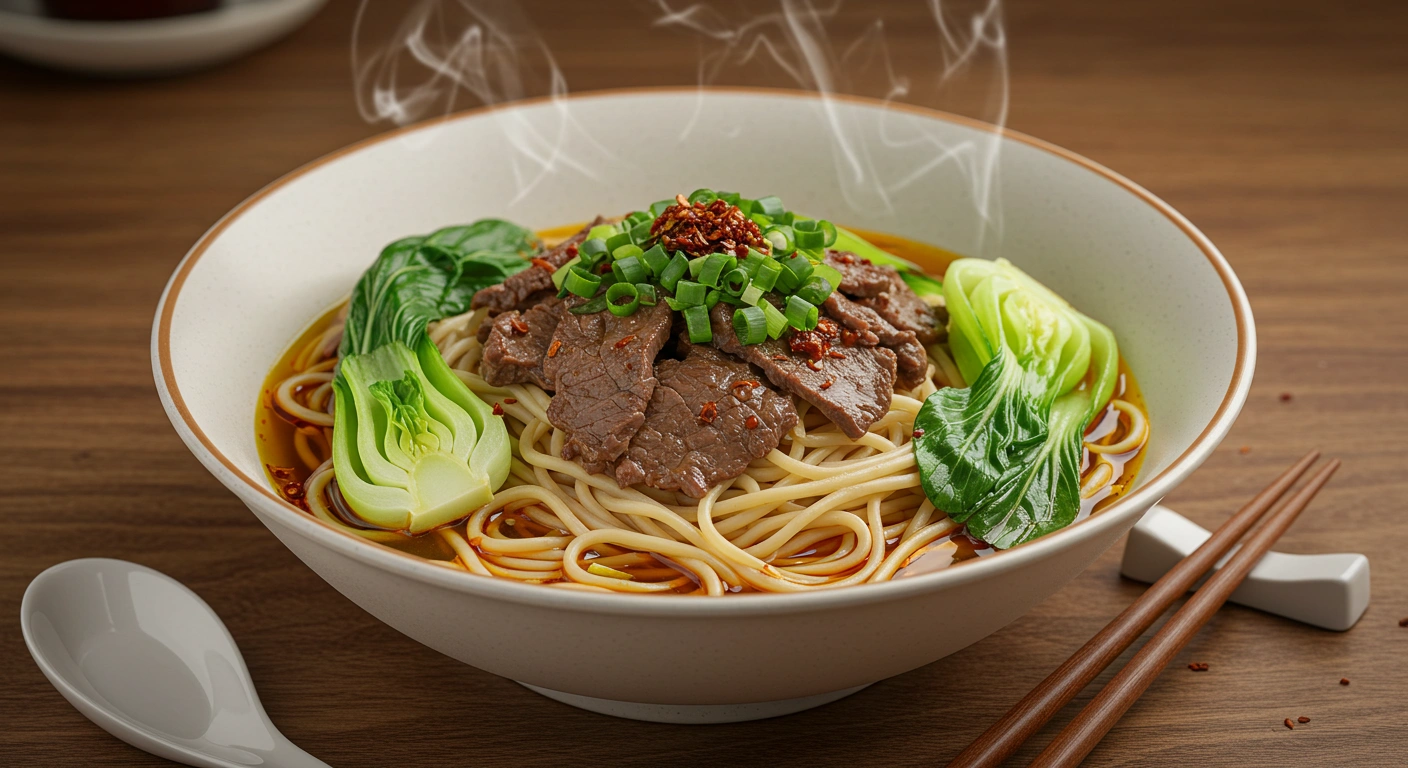Giardiniera sauce is one of those flavorful delights that can instantly elevate a dish. With its vibrant mix of vegetables, spices, and tangy vinegar dressing, this Italian classic brings a burst of freshness and heat to your meal. Whether you’re looking to try something new in the kitchen or you want to recreate a familiar taste from your childhood, making giardiniera sauce at home is a rewarding experience that pays off with every bite.
In this article, we’ll walk you through the steps on how to make giardiniera sauce from scratch. You’ll learn about the essential ingredients, the process, common variations, and tips for making it just right. Plus, we’ll share some serving suggestions and ways to store this delicious condiment for later. So, let’s dive into the world of giardiniera and make this flavorful sauce a regular in your culinary repertoire.
What is Giardiniera Sauce?
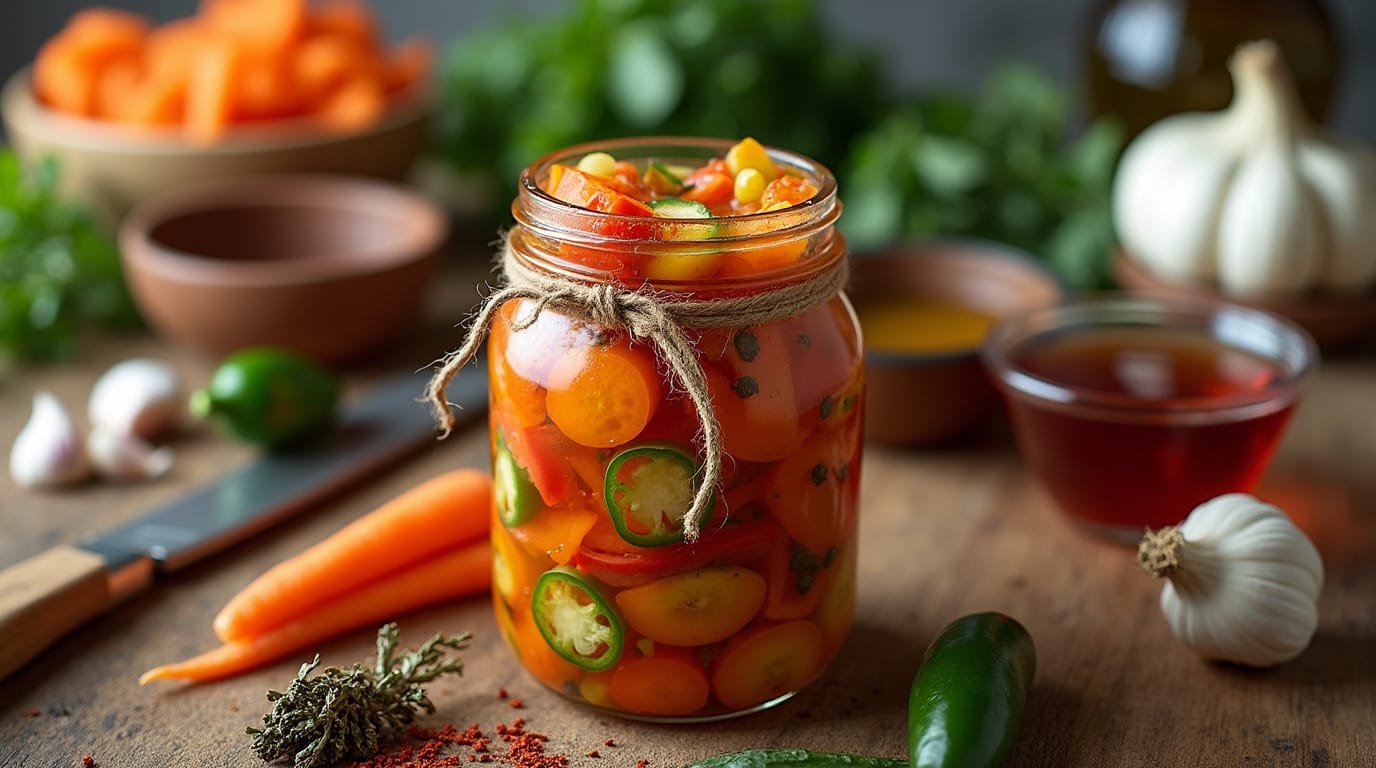
A Brief History and Cultural Significance
Giardiniera sauce is deeply rooted in Italian history. Originating in the northern regions of Italy, it was traditionally used as a way to preserve fresh garden vegetables. The name “giardiniera” translates to “from the garden” in Italian, perfectly capturing the essence of this vibrant, vegetable-packed relish. While it was originally intended as a preserved side dish, its tangy flavor and crunchy texture made it a favorite to serve alongside meats and breads.
In the U.S., giardiniera became especially popular in Chicago, where it became a quintessential topping for Italian beef sandwiches. Over time, it spread across the country, making its way into kitchens everywhere and adapting to various regional preferences. What makes giardiniera sauce stand out is its ability to be both savory and tangy while providing a delightful crunch from the pickled vegetables.
How Giardiniera Sauce Became a Classic
Giardiniera’s widespread appeal isn’t limited to its history alone—it’s also about versatility. The sauce can be used in a variety of ways: on sandwiches, in salads, as a condiment for grilled meats, or even as an antipasto platter addition. It’s one of those rare condiments that works with almost anything, making it a staple in many kitchens. Its balance of flavors—spicy, sour, salty, and crunchy—makes it a timeless favorite.
Essential Ingredients for Giardiniera Sauce
Vegetables: The Heart of Giardiniera
The vegetables you choose for your giardiniera sauce are essential to achieving the right flavor and texture. Typically, a mix of crunchy vegetables forms the base of this sauce. Here are the key vegetables you’ll need:
- Carrots: The sweet crunch of carrots pairs well with the tangy vinegar dressing. They also provide a beautiful orange color that contrasts with the other vegetables.
- Cauliflower: With its mild flavor and tender texture, cauliflower adds bulk to the sauce and complements the other veggies.
- Celery: Celery’s crispness adds an extra layer of texture, balancing out the other softer vegetables.
- Red Bell Peppers: The mild sweetness of red bell peppers enhances the flavor profile and adds a vibrant red hue to the mix.
While these vegetables are the most commonly used, you can add other ingredients depending on your preference. Some variations of giardiniera may include green beans, onions, or even olives for extra flavor.
The Zesty Vinegar Dressing
The dressing is where giardiniera sauce gets its distinctive tang. The key ingredients for the dressing include:
- White Vinegar: This forms the base of the dressing, offering a clean, sharp acidity that contrasts perfectly with the sweetness of the vegetables.
- Olive Oil: Olive oil adds richness and helps preserve the vegetables. It also adds a smooth, mild flavor to balance out the acidity of the vinegar.
- Garlic: Fresh garlic enhances the overall depth of flavor and adds a savory note to the sauce.
- Herbs & Spices: Dried oregano, red pepper flakes, and bay leaves are commonly used to infuse the sauce with aromatic flavors. These herbs contribute to giardiniera’s signature savory profile, while the red pepper flakes bring the heat.
Optional Ingredients for Extra Flavor
- Olives: Green olives are often added to giardiniera for a slightly briny, salty contrast.
- Hot Peppers: If you love heat, add sliced jalapeños, chili peppers, or other hot varieties. The spice level can be easily adjusted based on your preference.
Here’s a quick overview of the ingredients you’ll need:
| Ingredient | Quantity |
|---|---|
| Carrots | 2 medium |
| Cauliflower | 1 small head |
| Celery | 2 stalks |
| Red Bell Peppers | 2 medium |
| White Vinegar | 2 cups |
| Olive Oil | 1 cup |
| Garlic | 4 cloves |
| Dried Oregano | 1 tsp |
| Red Pepper Flakes | 1 tsp |
| Bay Leaves | 2 leaves |
| Hot Peppers (Optional) | 2-3 peppers (optional) |
How to Make Giardiniera Sauce at Home
Step-by-Step Recipe for Giardiniera Sauce
Making giardiniera sauce at home is straightforward and fun. Let’s break it down step-by-step.
1. Prepare the Vegetables
Start by washing and prepping the vegetables. Peel the carrots and slice them into thin rounds. Chop the cauliflower into small florets. Slice the celery and red bell peppers into uniform pieces. If you’re using hot peppers, slice them into thin rings.
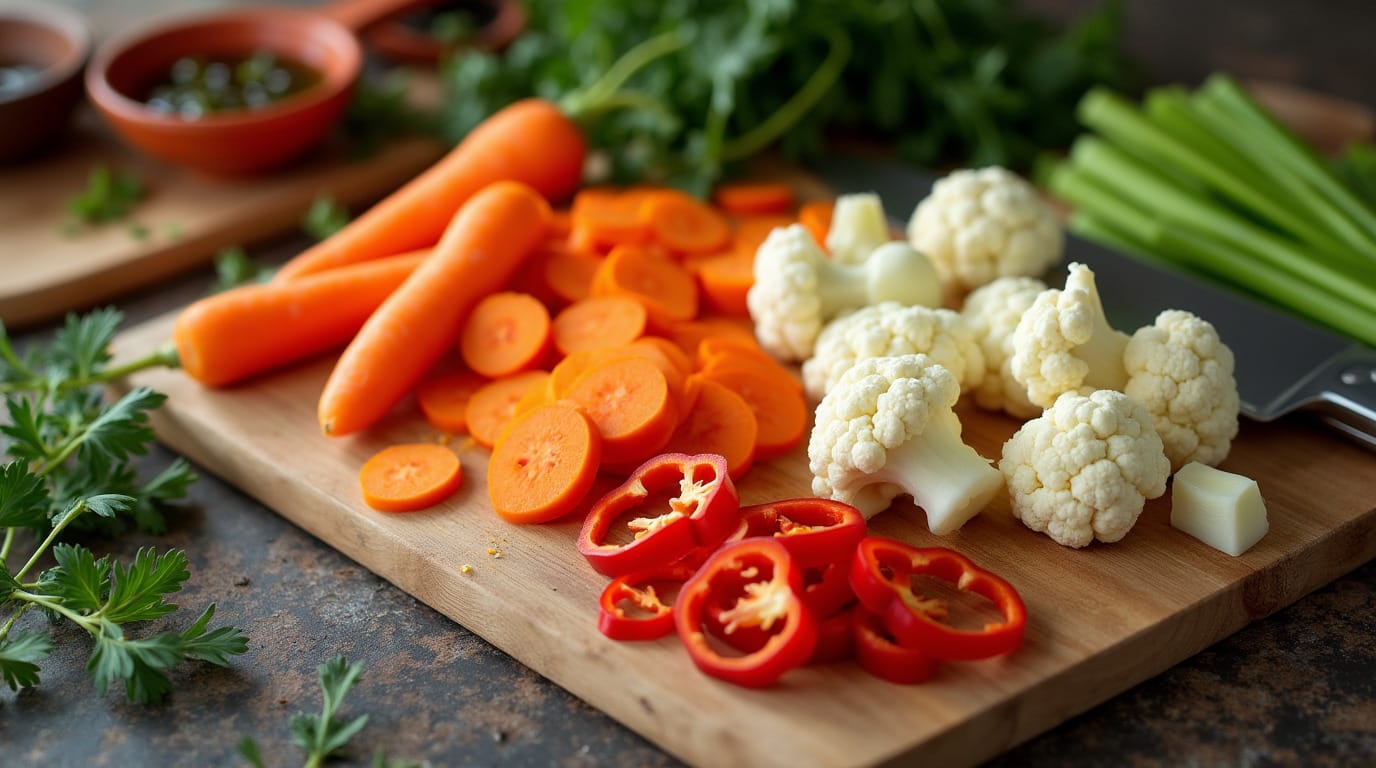
2. Blanch the Vegetables
To preserve the color and crunch of the vegetables, you’ll need to blanch them before mixing them into the sauce. Bring a large pot of water to a boil and blanch the carrots, cauliflower, and celery for about 2-3 minutes. Afterward, drain the vegetables and place them into a colander to cool down quickly. This process also helps to soften the vegetables just enough to absorb the flavors of the dressing without losing their crunch.
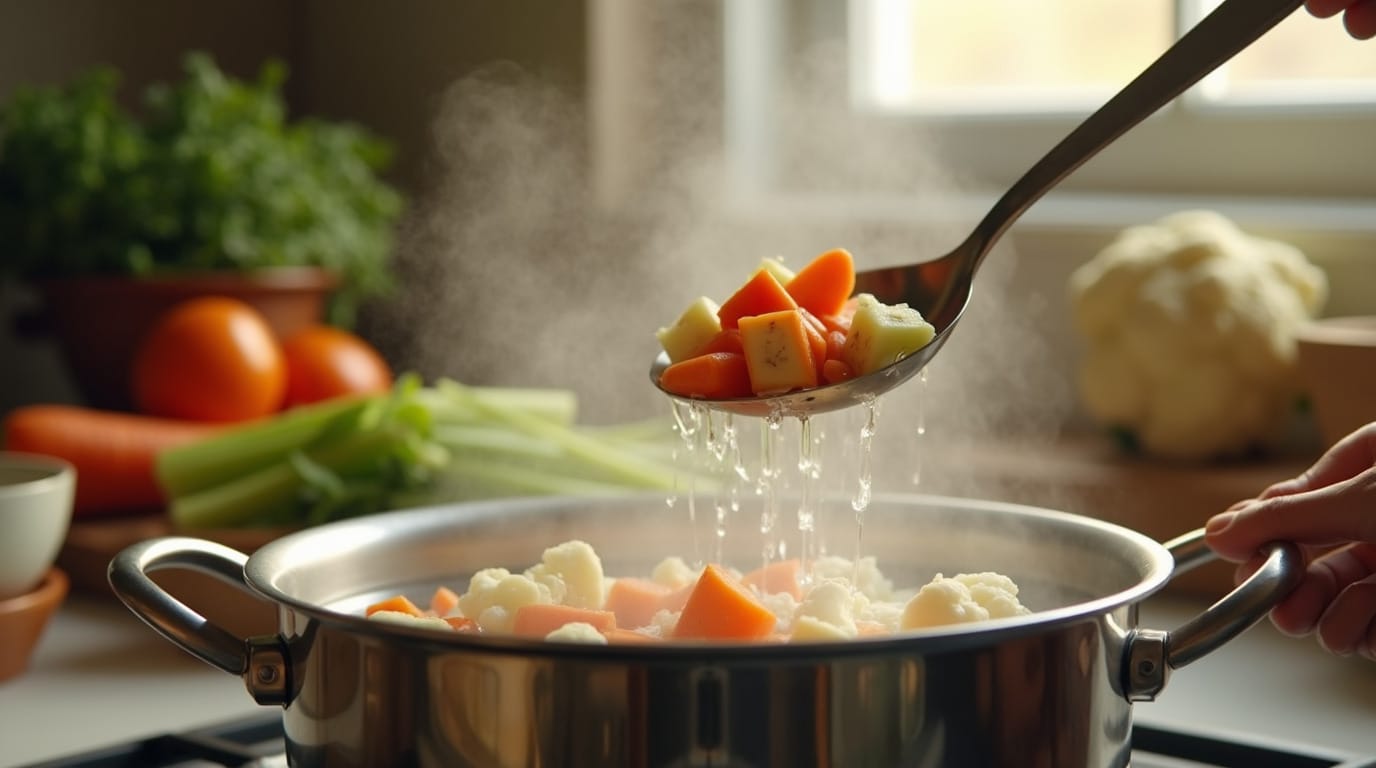
3. Make the Vinegar Dressing
While the vegetables are cooling, prepare the dressing. In a saucepan, combine the white vinegar, olive oil, garlic, oregano, red pepper flakes, and bay leaves. Bring the mixture to a simmer over medium heat and let it cook for 5-7 minutes, allowing the flavors to meld together. Once the dressing is fragrant and well-combined, remove it from heat.
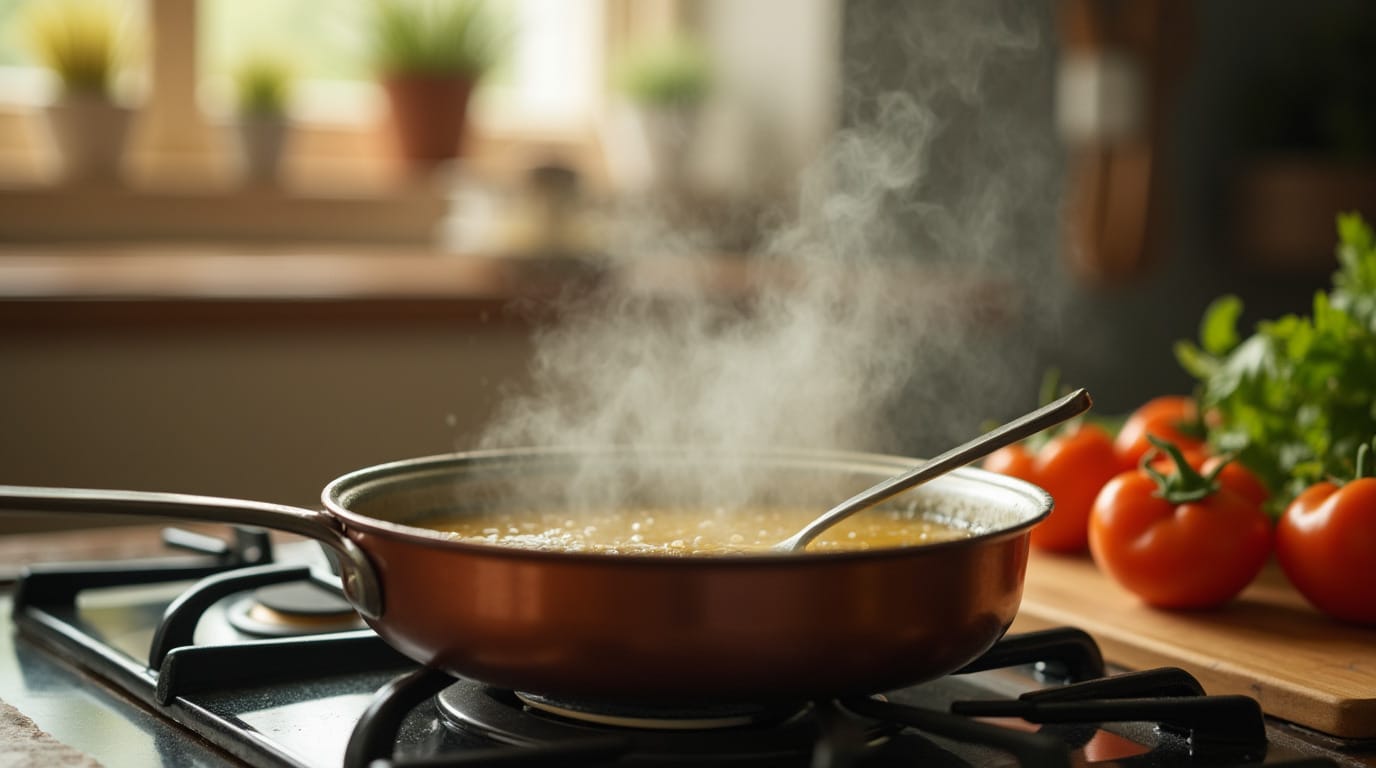
4. Combine the Vegetables and Dressing
In a large jar or airtight container, combine the cooled vegetables. If you’re using olives or hot peppers, add them in as well. Pour the vinegar dressing over the vegetables, ensuring they’re fully submerged. If needed, you can add a bit more olive oil or vinegar to ensure the vegetables are properly covered.

5. Let It Rest
For the best flavor, let your giardiniera sauce marinate in the refrigerator for at least 24 hours. The longer it sits, the more the vegetables will absorb the tangy vinegar dressing and spices. Some people even let it sit for up to a week to deepen the flavor.
Tips and Tricks for Perfecting the Sauce
- Uniform Cutting: Cut your vegetables into similar sizes so that they marinate evenly. This ensures that every bite is packed with the same amount of flavor and texture.
- Adjusting Heat: The heat level of your giardiniera sauce depends entirely on the number of hot peppers and red pepper flakes you use. Adjust it to your liking for a more subtle or bolder flavor.
- Quality Ingredients: The quality of your olive oil and vinegar matters. Choose good-quality, fresh ingredients for the best taste.
Common Variations of Giardiniera Sauce
Mild vs. Spicy: Choosing the Right Heat Level
Giardiniera sauce can be made to your preferred spice level. If you enjoy a milder flavor, stick to bell peppers and skip the hot peppers. If you love a good kick, add extra chili flakes or spicy peppers. You can even experiment with different types of hot peppers, like jalapeños, serranos, or banana peppers, to create a unique heat profile.
Regional Differences in Giardiniera Sauce
Different regions have their own twist on giardiniera sauce. In Chicago, for instance, giardiniera is often packed with a spicy punch and served generously on Italian beef sandwiches. In Southern Italy, giardiniera may feature fewer hot peppers and a focus on olives, giving it a more mellow flavor.
How to Store and Serve Giardiniera Sauce
Storing Giardiniera Sauce for Long-Lasting Freshness
Giardiniera sauce can be stored in an airtight container or jar in the refrigerator for up to two weeks. If you want to preserve it for longer, you can can it in sterilized jars, following proper canning procedures. This method will extend its shelf life for several months.
Serving Suggestions: Pairing Giardiniera Sauce with Your Favorite Dishes
Giardiniera sauce is a versatile condiment that can enhance many dishes. Here are a few ideas:
- Sandwiches: Giardiniera is perfect on sandwiches, particularly Italian subs, hot dogs, or Italian beef sandwiches.
- Salads: Add a spoonful of giardiniera to your salads for a crunchy, tangy burst of flavor.
- Grilled Meats: Serve giardiniera alongside grilled meats like burgers, sausages, or chicken for a zesty side dish.
Conclusion: A Flavorful Classic That Never Fades
Giardiniera sauce is a timeless condiment that adds a zesty kick to just about any dish. Its combination of crunchy vegetables, tangy vinegar dressing, and aromatic spices makes it a perfect companion for sandwiches, salads, and grilled meats. Now that you know how to make giardiniera sauce at home, you can enjoy this flavorful classic whenever you want. So, gather your ingredients and start making your own batch—you won’t regret it!
Ready to create your own giardiniera sauce? Gather your ingredients, follow the recipe, and share your homemade creation with friends and family. Don’t forget to experiment with different vegetables and spice levels to make the recipe truly your own. Enjoy the burst of flavor!
